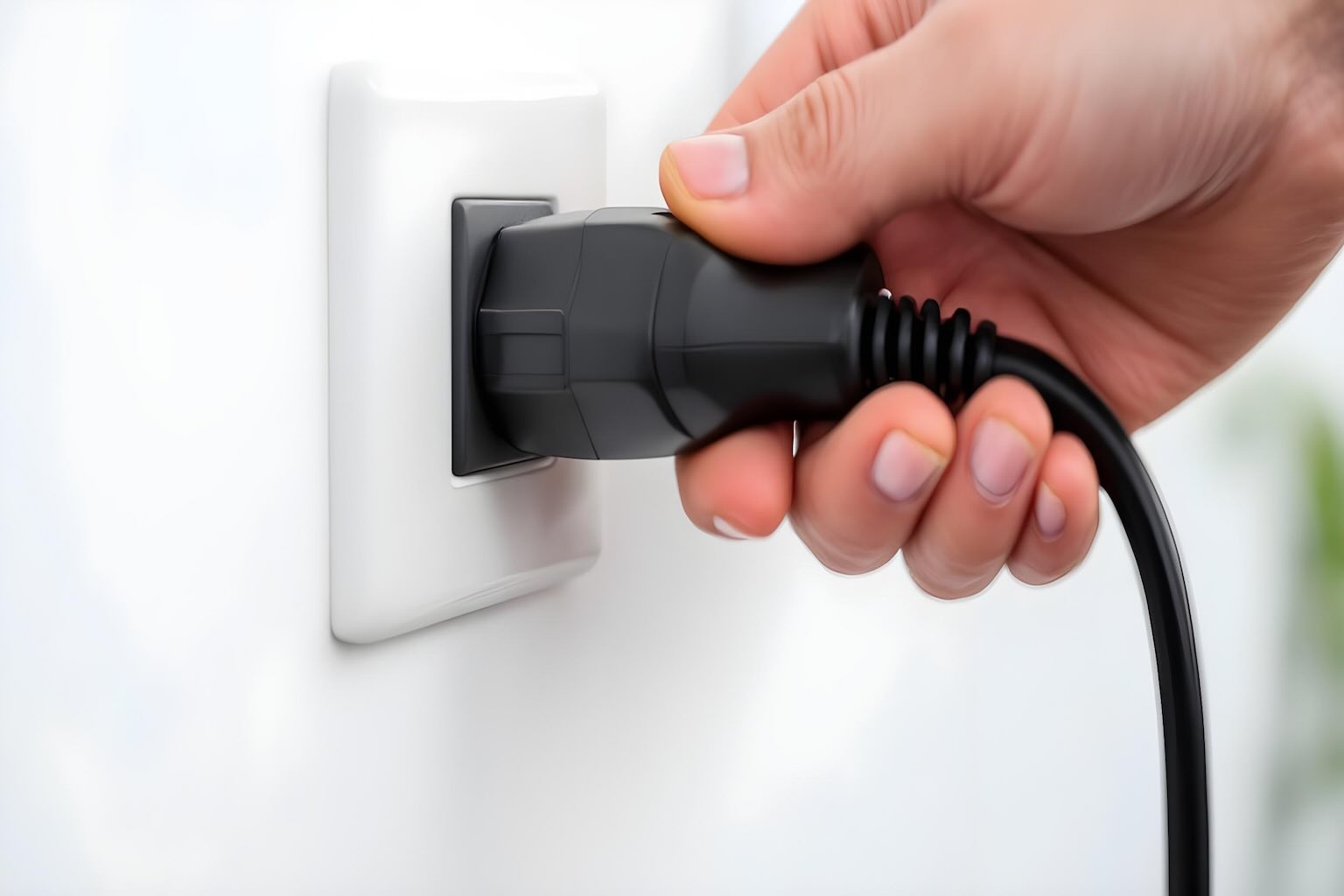The electric oven has earned its place in nearly every kitchen. From baking bread to roasting chicken, it’s a true culinary companion.
But behind its convenience lies a hidden cost few people realize. This everyday appliance can be surprisingly power-hungry—consuming as much energy as dozens of refrigerators running at once.
Let’s explore how this essential tool works, why it drives up your energy bill, and what simple habits can make a big difference.
When your favorite cooking tool turns into an energy guzzler
The electric oven is one of the most common appliances in American homes, yet also one of the most underestimated in terms of energy impact.
Most people know that fridges, dryers, and heaters consume a lot of electricity—but few suspect that the humble oven often tops the list.
On average, an electric oven operates at a power rating between 2,000 and 5,000 watts. Depending on how often you cook,
this translates to roughly 40 to 90 kWh per month. For context, a refrigerator typically runs between 300 and 800 watts.
That means every time you bake a casserole, your oven could be using the same energy as dozens of fridges combined.
The difference lies in how the two appliances function. A refrigerator maintains a stable, cool temperature,
while an oven must generate intense heat and sustain it throughout cooking. The moment you preheat your oven,
its energy consumption spikes dramatically and stays high until you turn it off.
It’s a bit like comparing a candle’s steady flame to a roaring campfire.
A study of 100 Californian households revealed that electric ovens can account for up to 26% of a household’s total annual energy use.
Few other appliances even come close to such figures. Naturally, the exact percentage depends on the model, frequency of use, and temperature settings.
The longer and hotter the cooking cycle, the higher the cost.
Why electric ovens consume so much energy
The main reason is simple physics: producing heat takes far more energy than maintaining cold.
When you switch on an electric oven, heating elements—usually located at the top and bottom of the cavity—transform electrical energy into thermal energy.
That process requires significant power to reach and hold temperatures between 350°F and 450°F (175°C to 230°C).
Even more energy is wasted if you frequently open the door or preheat unnecessarily.
Additionally, most ovens lose heat through the door and walls, especially older models with weaker insulation.
As a result, the heating elements must work continuously to restore lost warmth, driving up total electricity use.
This explains why cooking several dishes in one go is far more efficient than baking small portions at separate times.
Some high-end ovens feature better insulation, convection fans, and intelligent thermostats that help stabilize temperatures faster.
If you’re planning to replace your appliance, look for models labeled with Energy Star or similar efficiency certifications—they use up to 20% less power on average.
Smart cooking habits to lower your electricity bill
The good news is that you don’t have to give up your oven to save money.
A few small changes in how you use it can significantly cut energy consumption while keeping your meals just as delicious.
- Cook efficiently: Plan your cooking schedule so you can prepare multiple dishes during one preheating cycle.
Once the oven is hot, make the most of it by using every rack or batch-baking food. - Take advantage of residual heat: Turn off the oven a few minutes before your dish is finished.
The retained heat inside continues cooking without consuming additional electricity. - Keep the door closed: Every time you open the oven to check your food, up to 25% of the heat escapes.
Use the interior light and window instead. - Use convection mode when possible: The fan circulates hot air evenly, allowing you to lower the temperature by about 20°F
and shorten cooking time—two simple ways to save energy. - Choose the right cookware: Glass and ceramic dishes retain heat longer than metal ones,
meaning you can cook at slightly lower temperatures with the same results. - Unplug or fully switch off after use: Some modern ovens remain on standby, quietly drawing power.
Disconnecting them prevents unnecessary energy leaks.
Adopting these small changes doesn’t just save energy—it also extends the life of your oven.
Constant overheating or cycling on and off wears out heating elements more quickly, leading to costly repairs or replacements.
Bonus tips for eco-friendly cooking
Beyond oven use, smart kitchen habits can help reduce your household’s overall energy footprint.
For example, reheating small portions in a microwave or toaster oven is often far more efficient than firing up the main oven.
Slow cookers and air fryers also use less electricity for everyday meals.
Preheating, while often recommended, isn’t always necessary. Many baked dishes, like lasagna or gratins,
can be placed in a cold oven that warms up gradually. This simple tweak can cut a few kilowatt-hours off each use.
Similarly, avoid using the self-cleaning function too often—it runs at extremely high temperatures and consumes a large amount of power.
Finally, schedule your cooking sessions wisely. If your utility company offers off-peak rates,
cooking during those hours can lower your energy bill even further.
Combine this with other efficient appliances, such as induction hobs or pressure cookers,
and you can create a kitchen that’s both modern and energy-conscious.
smarter use, smaller bill
The electric oven remains an irreplaceable ally for home cooks—but also a quiet contributor to high electricity costs.
Understanding how it consumes energy is the first step toward controlling it.
With a few mindful habits, better scheduling, and occasional upgrades, you can keep enjoying perfectly baked dishes
without fearing your next utility bill.
After all, good cooking should satisfy your appetite, not drain your wallet.
